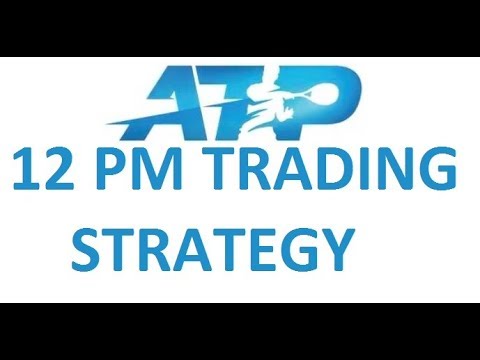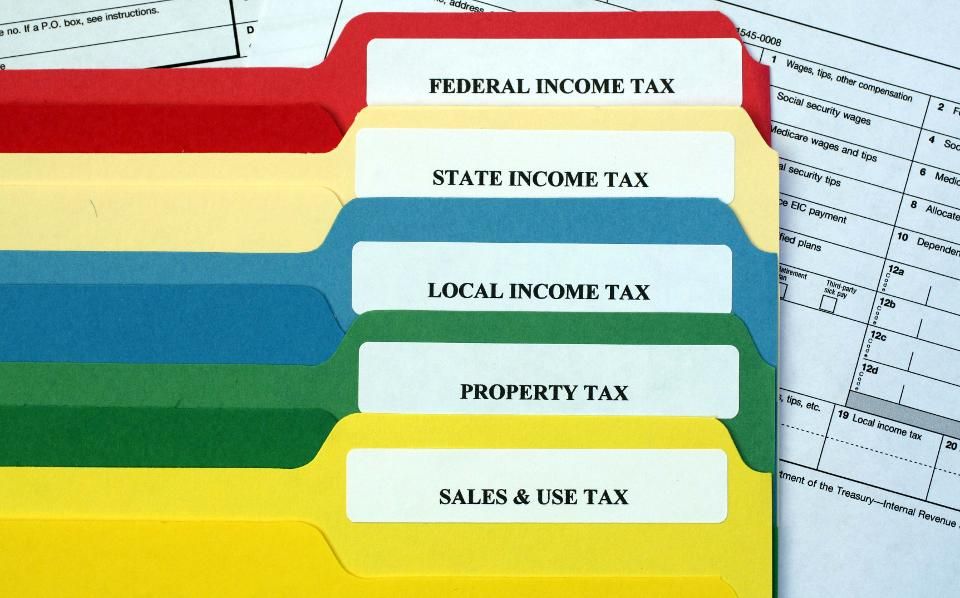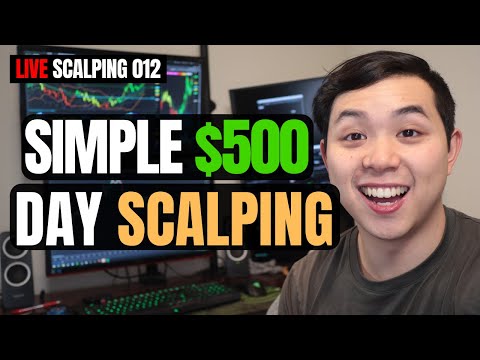

Even if you don’t dabble in options, a look at the price charts helps you determine a range, which in turn may be based on anecdotal movement of price of a stock or index plotted on a graph. Both parties have to pay an upfront premium to participate in the options market. However, when you purchase a put option, you are obligated to execute the trade if the call buyer has done his part. If the call buyer with whom you have made the contract has not done his part, you don’t have to either.
Are puts riskier than calls?
There are two types of option contracts, call options and put options, each with essentially the same degree of risk. Depending on which ‘side’ of the contract the investor is on, risk can range from a small prepaid amount of the premium to unlimited losses.
It means, either call writers are aggressively writing at every rise or Put writers are closing there positions cutting losses. Look for retracement percentage of last fall during correction while keeping an eye on this chart. By the time all stops are taken out the market participants turn bullish and want to remain on the long side of the market. Once everyone has bought then there is no one left to buy and the market starts to drift lower. The non-compliant demat accounts will be frozen for debits by Depository Participant or Depository. Keeping some of the common issues faced by traders in mind, Tradebulls introduced a couple of popular online series; ‘Market bloopers’ and ‘Learning series’, which are available on YouTube, Facebook, Instagram, Twitter and LinkedIn.
What are things to know before trading in options ?
Upon any change, the updated Terms of Use will be updated on the Website or any other means. Your continued use of the facilities on this Website constitutes acceptance of the changes and puts vs calls an Agreement to be bound by Terms of Use, as amended. You can review the most current version of the Terms of Use at any time, by clicking the Terms & Conditions link on the Website.
What is difference between puts and calls?
A call option gives the holder the right to buy a stock and a put option gives the holder the right to sell a stock. Think of a call option as a down payment on a future purchase.
The breakeven point on the put option is the difference in strike price and premium. When you have the put option, you calculate profits or losses by subtracting the breakeven point from the current price. The breakeven point in a call option is the sum of the strike price and its premium.
Popular In Markets
Let us have a good overview of some of the popular options strategies. Options trading needs to be executed with technical analysis and with the determination of the trend of the market. Try to study the charts and see where the market might go next and figure out probabilities. However, in an uptrend, calls are effective but on a downtrend, puts are better.

In a bear call ladder, the cost of purchasing call options is funded by selling an ‘in the money’ call option. This options strategy is deployed for net credit, and the cash flow is better than in the call ratio back spread. To gain from this strategy, the range in which the stock/index moves has to large. An Iron Condor is a 4 legged hedged option strategy that includes selling 1 slightly OTM Call as well as 1 Put option and, buying 1 Slightly Far OTM Put & 1 Call options in order to cover the risk of the Naked short positions.
There are three distinctive variables such as expiry date, strike price, and premium, for evaluating call options. Furthermore, these variables are used for calculating the payoffs which are generated from Call options. In a married put strategy, an investor buys shares and, at the same time, also buys put options for an equivalent number of units. The holder of the put option has a right to sell stock at the strike price, with each contract worth 100 shares.
Open Interest is the total outstanding option contracts in the market which are open and yet to be closed at a given time. The clearing System is for actual delivery of securities to the clearing system from the selling brokers and delivery of securities from the clearing system to the buying broker. In case of transposition-cum-dematerialisation, client can get securities dematerialised in the same account if the names appearing on the certificates match with the names in which the account has been opened but are in a different order.
But market regulator Sebi is going to make delivery compulsory in all derivatives over time. Along with technical analysis — reading of price graphs—options on stocks and indices help you determine key supports and resistances for an underlying asset. For your call option to be profitable, the shares you purchased the contract for have to appreciate in the given time frame, so that you can trade them in the market openly and make profits. However, if the price increases to INR 7,000, Rajesh would make a loss. However, he would still have to sell the shares for much less than their market worth. While dealing in the options derivative category, the right to buy the underlying stocks at a pre-decided price within the contract’s validity is the call option.
The reliability of this ratio is high because it is based on the outstanding position of traders in the market. However, when traders use this metric, interpretation is the most important factor. The interpretations depend on the market conditions and historical data of PCR of index or stock. However, a high PCR indicates an extreme bearish market trend indicating a buying opportunity. Therefore, to make the most of this indicator, traders must know where to find this ratio and how to use it to make informed decisions.
If the market price of share is lower than the strike price locked by the option buyer, they can choose to not exercise the right. Call options are contracts that provide the trader with the right, not the obligation, to purchase the security at a pre-defined price on the expiry date. A buyer of call option speculates that the security prices will rise, therefore, they take position at a lower strike price and make profit when the securities’ price rises. In the call and put option NSE, the call option payoff refers to the profit or loss made by an option buyer or seller.
Related coverage in Investing:
No Information at this Website shall constitute an invitation to invest in ABCL or any ABC Companies. These are meant for general information only or to meet statutory requirements or disclosures. These Terms of Use and any notices or other communications regarding the Facilities may be provided to you electronically, and you agree to receive communications from the Website in electronic form.
The person who buys the call option has to buy and the person who buys the put option has to sell the shares, respectively. The price is pre-decided and based on the market’s fluctuations, the profits are made. If he chooses to buy the shares nonetheless, it’s a profit for the put option buyer. He can sell the shares at a higher price and use the difference for his next investment, profits, liquidity, etc. Now, let us look at how it works if the price of the share falls to INR 4,500.
You may never know when you get an opportunity to try out a winning strategy. A bear call spread, also called bear call credit spread, is used when an investor anticipates a decline in the price of the underlying stock/index. A bear call spread is done by buying call options at a specific strike price. At the same time, the investor sells the same number of calls with the same expiration date but at a lower strike price.
Interpretation of the Put-call Ratio
A future is a right and an obligation to buy or sell an underlying stock at a predetermined price and deliverable at a predetermined time. Options are a right without an obligation to buy or sell equity or index. A call option is a right to buy while a put option is a right to sell. Due to this many small retail traders resort to option buying where the margin money required is very less. Although with various strategies you can reduce your overall risk and margin required in Options selling.

Options come in two classified distinctions – call option and put option. Nevertheless, the call-and-put options examples can be further categorized into American-style options and European-style options. While the prior can be exercised anytime prior to their expiration, the latter can be exercised only on the expiry date. The author is a Certified Financial Planner with 5 years experience in Investment Advisory and Financial Planning.
When you have a call option, you can calculate the profits or losses at any given time by subtracting the current price from the breakeven point. Personal Loan, Fixed Deposit, EMI Card are provided by Bajaj Finance Limited. These are not exchange traded products and all disputes with respect to the distribution activity, would not have access to exchange investor redressal forum or Arbitration mechanism. You need to choose the strike price first, i.e., the price at which you will sell the asset on the future date.
Conversely, a falling put-call ratio below 0.7 and approximately 0.5 signifies bullish tendencies. Information on this Website sourced from experts or third party service providers, which may also include reference to any ABCL Affiliate. However, any such information shall not be construed to represent that they belong or represent or are endorsed by the views of the Facilities Provider or ABC Companies.
If the stock price rises enough, then you can sell or execute it to get a profit. If it falls, you can let the contract expire and only lose the premium paid. With that, you now have the right to buy the stock at a set price or strike price at any point until the contract expires.
- A put option offers the buyer the right but not the obligation to sell an underlying asset at the strike price before or on the expiry date.
- With that, you now have the right to buy the stock at a set price or strike price at any point until the contract expires.
- Any information provided or sourced from ABCL Affiliate belongs to them.
- Ratio of a particular stock and use it to make an informed decision.
On the other hand, call options are used extensively to hedge against the strong suit of the market or simply to bet on its advances. To understand the application and role of this financial measurement one needs to be well-versed in its basics. Here, we have elucidated the nitty-gritty of the same, including the put call ratio formula and other facts.
A ‘call option’ is one that allows you to buy an option that will allow you to buy shares later, while a ‘put option’ is one that allows you to sell an option that will allow you to earn shares later. Regardless, this derivative indicator has its share of drawbacks as well. Investors must find out about them in detail if they wish to combat the misgivings of market sentiments effectively. PCR aids traders in understanding the direction of the price movement of underlying securities.
Get investing insights from our indepth research tools and capabilities. If one observes the value of the Put-Call Ratio to be increasing accompanied by a rather sharp increase in the Implied Volatility while the Nifty Spot is nearing its resistance levels, then it is an indication of a potentially bearish outlook. There exist two basic kinds of options, a Call option, and a Put option.
What is the difference between ITM calls and puts?
Calls are in the money when the security's price is above the strike price, and out of the money when the security's price is below the strike price. Put options are in the money when the security's price is below the strike price, and out of the money when the security's price is above the strike price.
Recent Comments